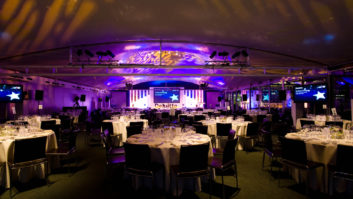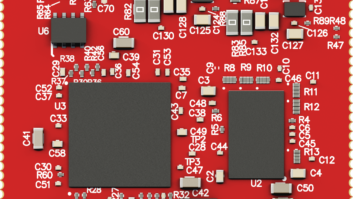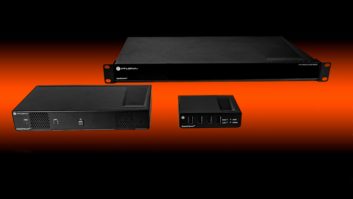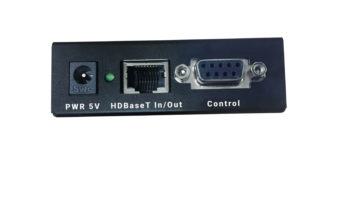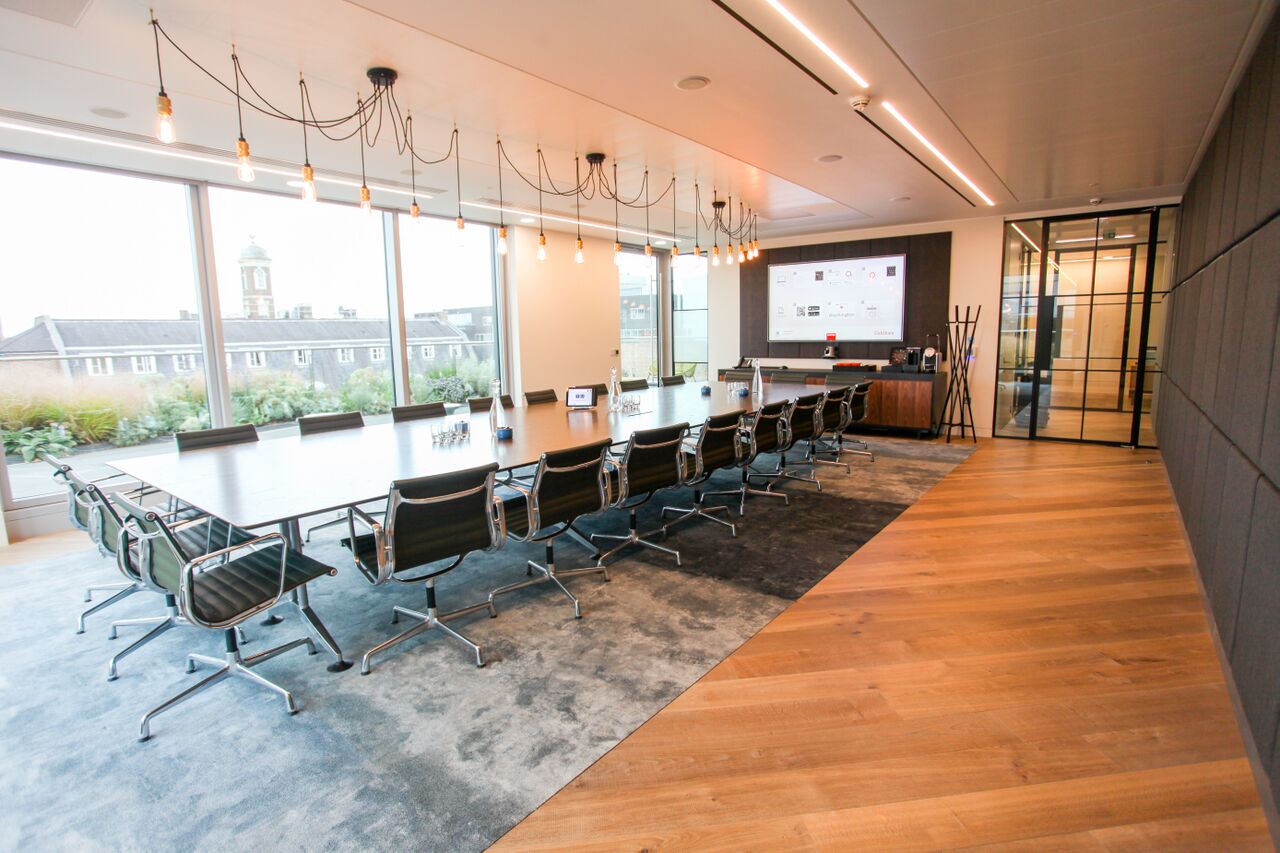
Looking back, it feels as though the future we have predicted has not materialised the way we thought it might. The laser guns and flying cars depicted in futuristic films have instead been represented by a push for fewer firearms and the appearance of electric vehicles. Whilst tech companies attempt to develop self-driving cars, with mixed success, our natural determination to protect our species and environment have led to an arguably more sustainable future than the one we saw Marty McFly arrive in.
As other industries have progressed, so too has AV. My first experience of business audio visual solutions was 3-gun CRT projectors. These were capable of producing a fantastic image in a darkened room but their expense and technical limitations made them largely inaccessible to most businesses.

The LCD projector changed all of this, as several manufacturers produced installation projectors of ever-more impressive resolutions and brightness-levels. Then there was a race to produce the tiniest possible projectors; something that could slip into your briefcase to help you present at the drop of a hat. Simultaneously vendors tried to produce the perfect education projector; meeting the cost, warranty and brightness demands in that market could mean enormous success as interactive whiteboards were deployed in schools all over the UK.
Today’s projector enhancements include massive flexibility in the shape and size of projected image meaning some truly awe-inspiring visuals. Lampless projectors now offer 20,000 hours of life before the LEDs need replacing (as opposed to around 2,000 hours in a traditional projector). Beyond picture quality and maintenance-free operation, laser projectors aren’t as fragile, and offer nearly instant on/off. These benefits mean lasers will probably be the future of front projection for some time to come.
Massive, cubic CRT displays were replaced by flat-screen technology. Initially plasma technology seemed likely to be the display technology of the future, only for us to discover that their glass-fronted composition made them very heavy (therefore difficult to fit onto partition walls) and that they suffered terribly from ‘screen burn’, making them impossible to use long-term in public display environments. LCD screens that had previously been too expensive to produce at anything other than 20-inch in size, appeared as a genuine replacement for CRT screens and the projected image.
Digital canvasses now make it possible for people to feel completely immersed in a different world, where virtual reality technology still struggles to find its application. Newer, smarter VR tools allow users to move around in a space and to approach virtual objects around them. However, it’s a disconcerting experience as you can’t see the things that surround you in the real world, giving you the feeling that you are about to crack your shins on the coffee table or trip over the dog. Digital canvasses instead deliver a sort of virtual surrounding, where real world is accompanied by virtual experiences.
Media walls and digital canvasses are becoming the norm in both retail and corporate environments and the recent developments in AV over IP is leading the way to bigger and more exciting installations. Products like Crestron’s NVX allow you to transmit significantly more sources to your devices than a traditional AV set-up. This reduces installation time whilst improving the appearance of an AV installation by allowing you to run one cable rather than many and letting you transmit your audio visual assets over much greater distances using copper or fibre IP cabling.
Wires started to disappear from our meeting rooms as wireless microphones materialised. Based on DECT technology, wireless microphones provide a flexible audio solution for rooms of varying sizes without being prescriptive of the room layout.
Wireless visual solutions have allowed us to escape the confusion of ever-increasing video and audio connections. Suddenly visitors to meeting rooms were able to display whatever they want from their PC, Mac or mobile device at the touch of a button. This technology has justifiably been enormously successful.
Possibly the most Back To The Future-like developments have been in video conferencing. Adopted by the audio visual industry (because it requires large screens and high-quality audio solutions to work well), video conferencing has been implemented by enterprise businesses all over the world. It’s not-yet pervasive in smaller businesses, but lower-cost hardware, such as high-quality cameras that can be used with a PC are making video conferencing more accessible. Cloud video conferencing solutions now provide an easy and inexpensive way for us all to meet face-to-face.
Perhaps I was taking all this fiction far-too literally; we were never supposed to really have self-fastening trainers or hover-boards. However, it’s exciting to see that AV technologists are developing the stunning visual solutions we have longed-for since first setting eyes on Blade Runner. It’s also comforting that instead of relying on flying cars to reduce our road traffic, the AV industry is helping us travel less and protect the things that really matter.
If you have a view related to the AV industry and would like it to be considered for our next magazine, please email the editor: [email protected] today.

